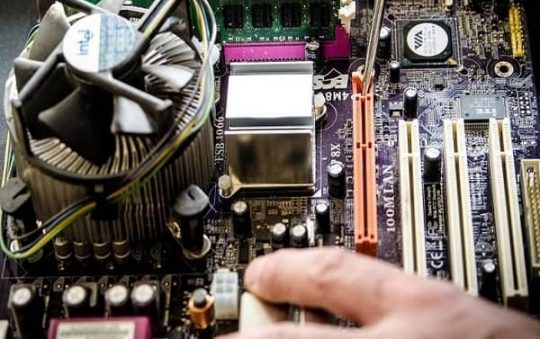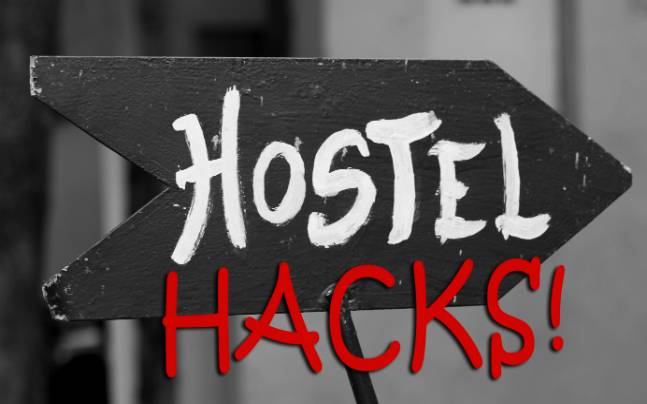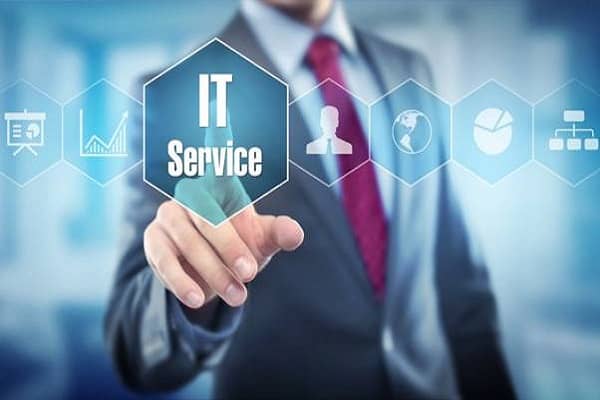Hackers are creative and persistent in spotting and taking advantage of weaknesses in your IT systems to gain data access.
Is your in-house contact center secure from these individuals? Are you convinced that your critical customer and user information are always protected?
Check out this article about how to improve contact center data security. It covers six methods to protect digital information from unauthorized access and data loss. Consider using these best practices to be safer from cyberattackers.
Let’s read on and find out.
Contents
1. Educate and Train Staff
Ensure that your employees fully understand and are regularly updated on data security.
Inform them regarding the adverse effects of information misuse and negligence. Mistakes due to leniency or a lack of awareness will likely create openings in your security network.
Conduct a threat simulation for the managers and agents periodically. Monitor their reactions and resolutions. Hands-on training allows them to apply what they have learned in real-world scenarios and determine the areas to improve.
Here are some tips to share with employees:
- Never share passwords, and strengthen and change them routinely. Memorizing them is better than writing them down.
- Delete customers’ credit card or bank account numbers immediately when written on unsecured document files after processing transactions for them.
- Avoid using paper documents as much as possible.
2. Comply With Government and Industry Requirements
Research your contact center’s industry-specific regulations. You must fulfill all the federal requirements to improve data security and avoid penalties in the future.
Below are three compliance regulations.
- Health Insurance Portability and Accountability Act of 1996 (HIPAA) is a federal law protecting private and sensitive patient health information from being disclosed without the individual’s approval.
- General Data Protection Regulation (GDPR) is considered the world’s most rigid privacy law, safeguarding customer data in the European Union of 27 countries. Organizations under GDPR must keep information secure and stored for not more than six years.
- Payment Card Industry Data Security Standard (PCI-DSS) is a data security standard that credit card companies established. PCI-DSS specifies that businesses of all sizes and industries must process the information of credit card users in a secure environment.
3. Upgrade and Fortify Technology
Update your IT systems with the latest software and application security to protect your technology better from any online threats or potential cyberattacks.
Hackers and threat actors constantly try breaking into your cybersecurity system, testing every online device or network they can access. These people search for security gaps or weaknesses to cause financial and reputational damage to your business. They also upgrade their black hat skills, so you must keep pace with them.
Regularly load your technology with the most updated security patches. In its blog post, data security service provider Norton lists some reasons software updates and patches are vital:
- They fix security holes previously found, put more useful features to devices, and delete outdated ones.
- They remove software vulnerabilities. Hackers exploit these weaknesses by writing codes and packaging them into malicious software or malware.
4. Apply Several Authentication Procedures
Use different authentication processes to verify a caller or user’s identity. Pick the methods you think are the most effective against data thefts and breaches.
Consider some authentication protocols:
- Knowledge-based authentication (KBA) is a security process to identify a user or caller by requesting the person to answer personal questions to gain access to accounts or activities. Asking about the name of the individual’s first school or favorite food is an example of KBA.
- Multifactor authentication (MFA) is a technique to confirm a caller’s identity by receiving more than two verification elements from the person. Requiring KBA plus sending the caller a one-time password to the mobile phone to log in or transact is an example of MFA.
- Voice authentication is a security measure that allows certain contact center technologies to analyze a caller’s voice to prove their identity.
5. Encrypt or Encode Data
Convert readable information into symbols, numbers, or a combination of both to become unintelligible. This method provides an extra layer of security for contact centers and reduces cyber intrusions because sensitive data is incomprehensible.
Financial media website Investopedia classifies two types of encryption:
-
- Symmetric encryption is an approach in which only one is used to encrypt the plaintext and decrypt the ciphertext.
- Asymmetric encryption is applied when the emphasis is on security instead of speed to gain access. It uses a public key for data encryption and a private one for decryption.
A contact center needs data encryption to:
- Safeguard data confidentiality stored on digital devices or sent over the internet
- Increase data protection for remote workers who store sensitive data on their computer systems
- Earn the trust of consumers who are also concerned about their data privacy
6. Outsource to a Reliable Business Process Outsourcing (BPO) Company
Select a reputable BPO provider when outsourcing contact center processes. Delegating them to a third-party vendor is an ideal solution to provide the best customer service and access to advanced and tightly deployed cybersecurity technologies.
An established BPO organization stores confidential, crucial customer or user information in a cloud system. It secures data with next-generation software and applications. A service provider uses high-security measures across all platforms to block unauthorized groups or individuals from acquiring private data.
When outsourcing contact center services, remember the tips below.
- Ask the BPO firm to sign a non-disclosure agreement to avoid data breaches and misuse. Outsourced teams must have proper authorization to obtain and process consumer data.
- Ensure that the BPO partner guarantees compliance with government regulations and industry standards. Check whether it has the resources, expertise, and technology to help address your compliance and security needs.
Summing Up
A contact center is a critical business segment that connects you to current and potential customers. That’s why it must be constantly protected.
We hope these contact center best practices help you identify security vulnerabilities and resolve them immediately to prevent losses in valuable resources.
About the Author:
Rene Mallari is a B2B content writer for Unity Communications, an Arizona-based Inc. 5000 company specializing in outsourcing and offshoring services.




